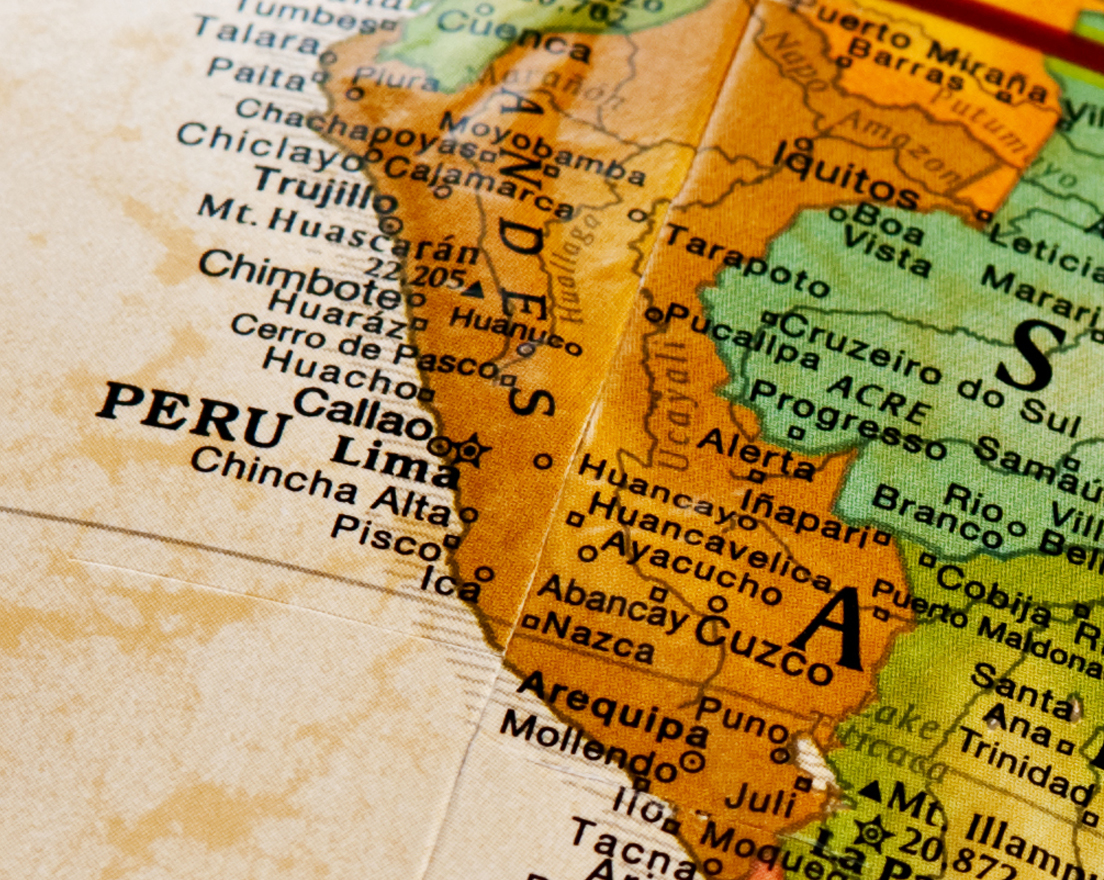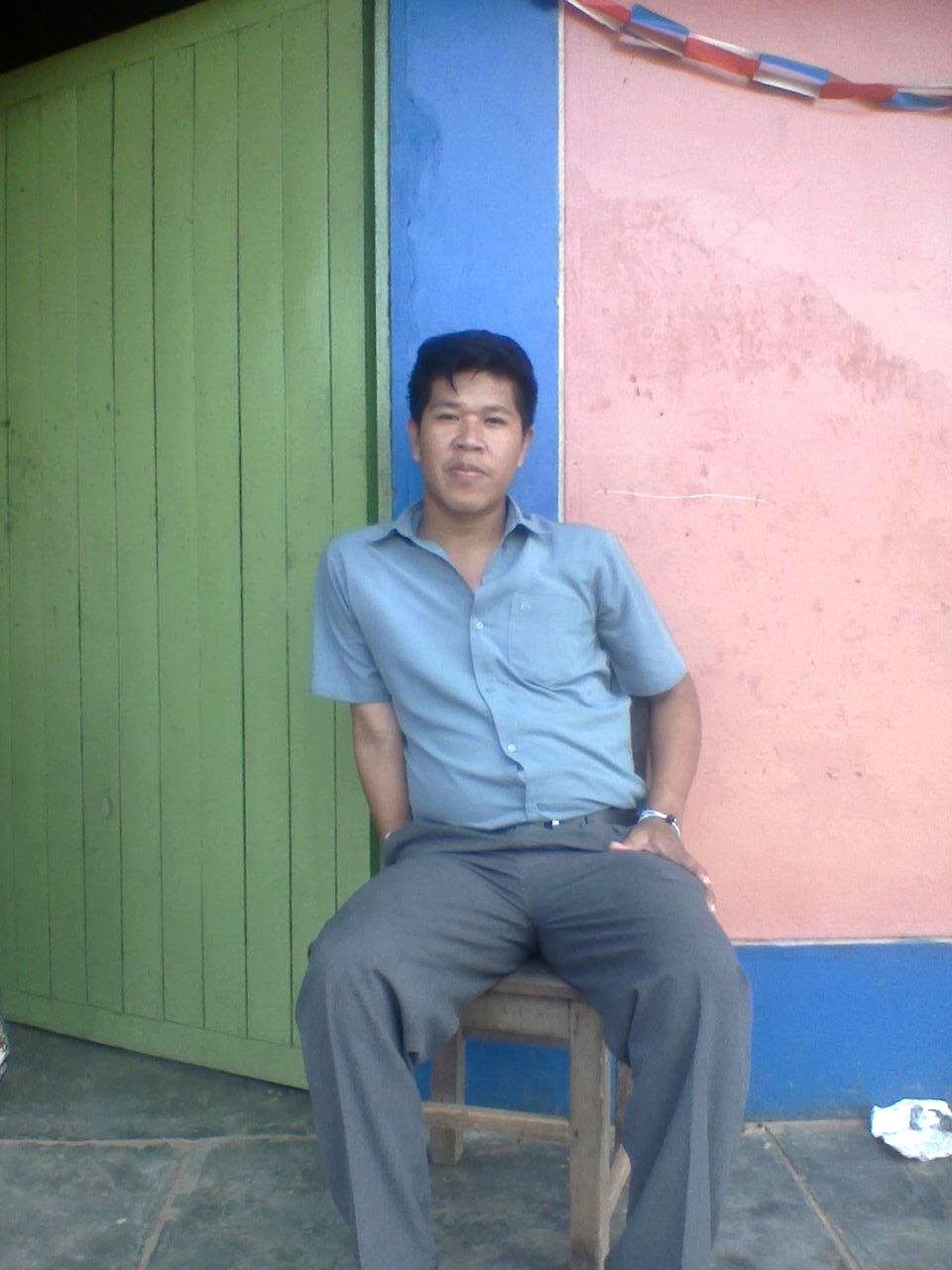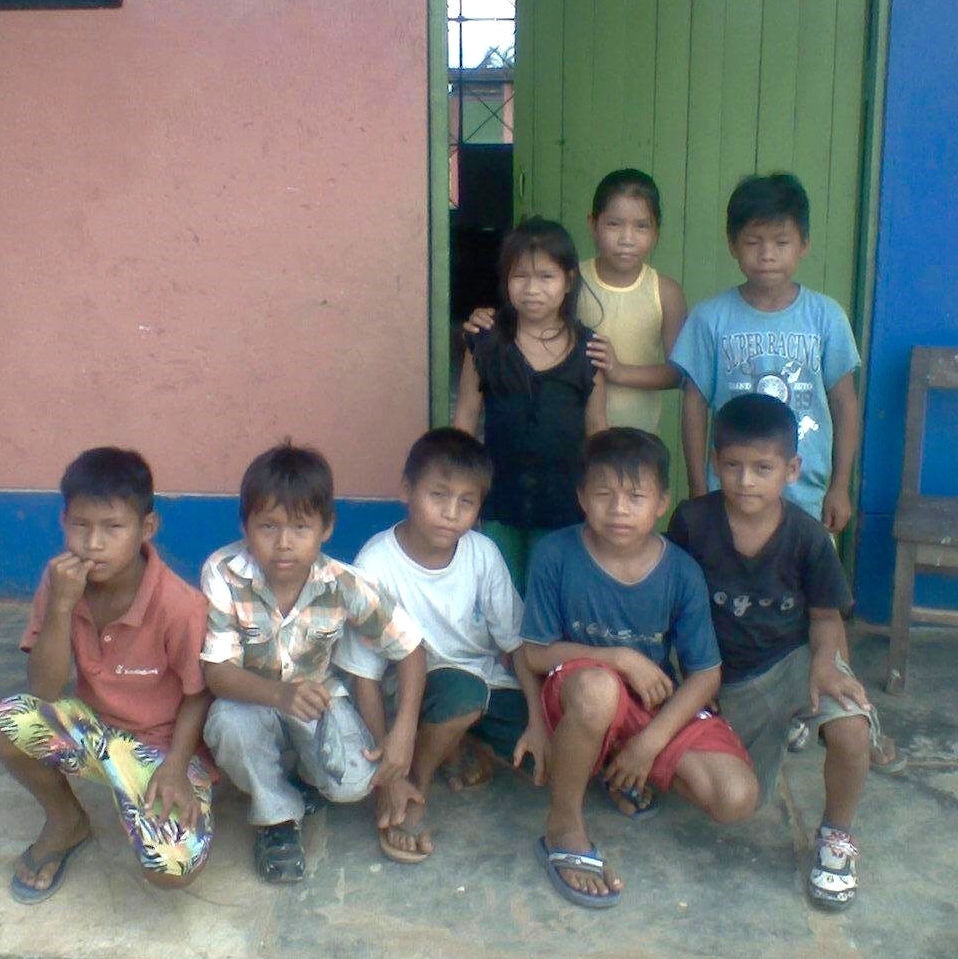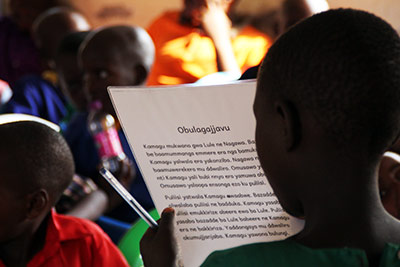Peru Update: Doubly Grateful
/DONATIONS ARE NO LONGER BEING ACCEPTED FOR THIS PROJECT.
Thank you to those to those who donated in the past.
We are pleased to announce that the very generous challenge donation of $4,000 offered in December was more than fully matched! As a result, the Indigenous Peruvian Teacher Scholarship project will be able to fund scholarships for an additional six teachers. We are halfway to reaching our goal of funding twenty four scholarships!
Chris Weber recently had the privilege of meeting four of the first six scholarship recipients via Skype. They expressed their excitement and gratitude for the opportunity they are being given. One of them said, "Please thank the people who are helping to make it possible for me to get my título." Thank you!
Before awarding scholarships seven through twelve, we have asked our local partner AIDI to focus on helping the first six recipients start off well. This will also give us an opportunity to ensure that our scholarship expense tracking system is functioning properly and to make any adjustments needed before doubling the number of recipients being assisted, advised, and monitored.
Thank you so much for your generosity. Please let others know about this wonderful opportunity to help bilingual teachers get the credentials they need to become teachers or continue teaching in their communities.
We are now well on our way toward having sufficient funding for the third group of six scholarships. Please consider a donation of any size to help us reach this next milestone. Secure donations may be made electronically on the donate page* or by sending a check to SIL LEAD: 7500 W Camp Wisdom Rd, Dallas, TX 75236. Simply include a separate note stating that your donation is for Indigenous Peruvian Teacher Scholarships. *This program is now fully funded. At a later date more scholarships may be added.
To read more about SIL LEAD’s Indigenous Peruvian Teacher Scholarship project, please see our most recent blog post or visit the project webpage.

















